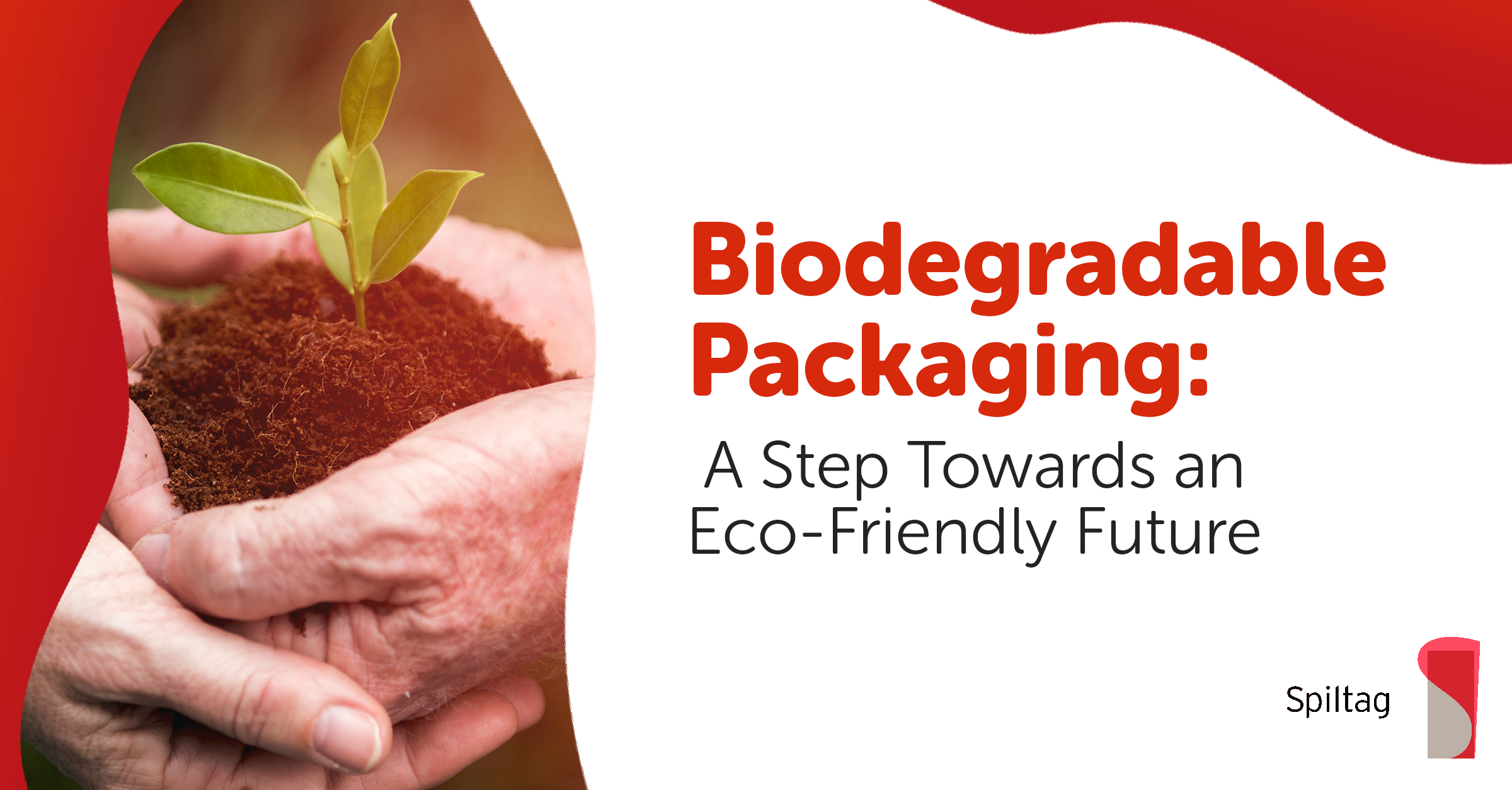
Biodegradable packaging is rapidly emerging as a solution to the global environmental crisis caused by traditional packaging waste. This blog post explores its benefits, challenges, and future in the sustainable packaging industry.
Made from natural materials, breaks down in the environment without harm. It’s crucial for reducing pollution and conserving resources. This section delves into what makes biodegradable and its significance.
Offers numerous environmental and economic advantages. From reducing landfill waste to lowering carbon emissions, this part explores the positive impact of biodegradable packaging on the planet and businesses.
Adopting biodegradable packaging presents challenges, mainly in terms of cost, durability, consumer awareness, and disposal infrastructure:
Overcoming these challenges involves technological advancements, better consumer education, and improved waste management systems.
The field is evolving with exciting innovations. From plant-based materials to improved degradation processes, this part highlights the latest trends and advancements.
Adopting biodegradable can be a significant step for businesses, not just for environmental sustainability, but also for aligning with consumer preferences and future-proofing operations. This final section provides practical tips for businesses looking to make this switch, with a focus on cost-effectiveness, consumer appeal, and operational integration.
It is more than an alternative to traditional packaging; it’s a vital step towards a sustainable future. As technology advances and awareness grows, biodegradable packaging will play an increasingly important role in reducing environmental impact.
It is not limited to bio-based or plant-based materials. Its biodegradability depends on the molecular structure of the material’s polymer chain. This means can can be made from both bio-based and fossil-based polymers. Traditional plastic packaging, made up of strong carbon chains like PE, PET, and PP, takes centuries to break down. In contrast, such as paper or cellulose, has a weaker molecular structure and disintegrates more quickly.
Plays a crucial role in addressing the global waste problem. With the growing amount of waste in oceans and landfills, there’s an urgent need for sustainable solutions. This type of packaging helps reduce environmental impact, accommodating contemporary consumer needs while keeping our planet safe.
Businesses benefit from biodegradable packaging through convenient disposal, reduced costs, and lower carbon emissions. It simplifies disposal for consumers, as they can compost the packaging along with other compost-friendly materials. This not only enhances consumer convenience but also contributes to environmental sustainability.
Both biodegradable and compostable packaging decompose in a way that is environmentally friendly. The key difference is that compostable packaging guarantees no toxins upon decomposition and breaks down within a specified timeframe, turning into compost that enriches soil.
It is becoming increasingly important for businesses as consumers prefer shopping with environmentally responsible brands. Reduces carbon footprints, minimizes the use of harmful plastics, offers ease of disposal, is versatile across industries, and ultimately supports sustainability goals.
Check our linkedin page and our products!